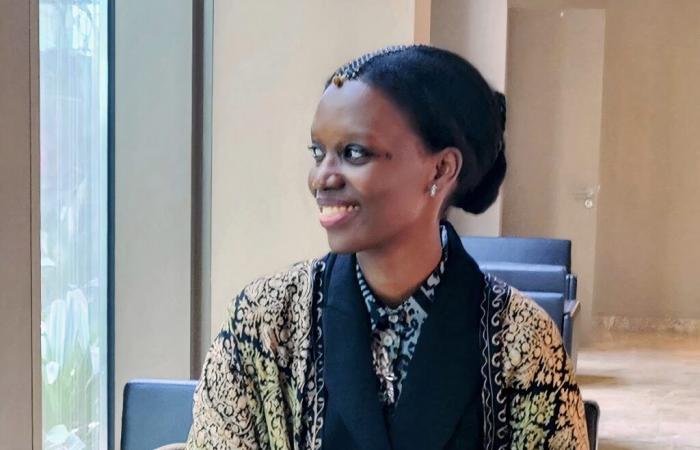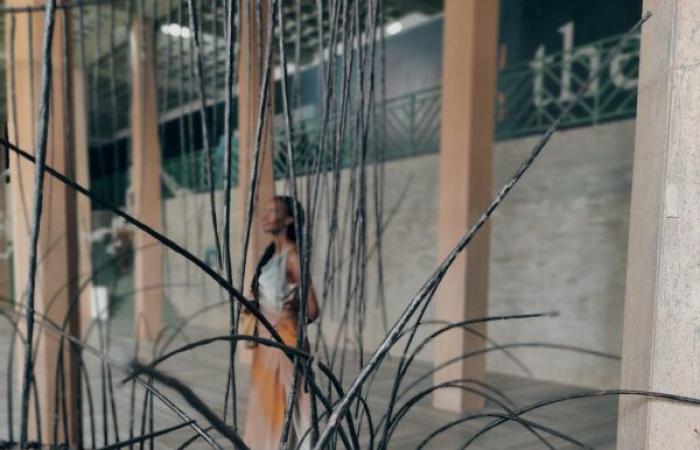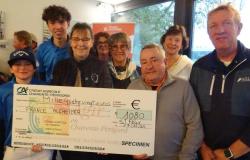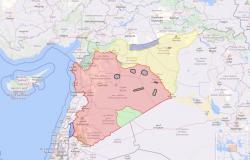“Traditional investments—stocks, bonds, real estate—are predictable. African Art, on the other hand, offers something rare: an opportunity to own a piece of cultural history whose value continues to increase.
By Hapsa Dia.
As the 2024 Dakar Biennale begins this month in Dakar, it offers much more than a striking cultural spectacle. It celebrates the unique aesthetic and narrative richness of African art while revealing its immense potential as an investment sector. This growing market combines the depth of cultural traditions with promising economic prospects, attracting art lovers and visionary investors alike.
At the heart of this dynamism, African art remains a mirror of the continent’s identity and heritage. Each work is a living tapestry that combines beauty and history, while establishing itself as a lever for growth and global recognition. Collectors are finally discovering what insiders have known for a long time: this market is full of treasures, visible well beyond their unique aesthetic. To dive into the heart of this wealth, events like the Dakar Partcours Biennale are essential events.
A effervescence artistic in Dakar
The Dakar Biennale, also known as Dak’Art, is not just another art fair—it is Africa’s ultimate cultural showcase. Organized every two years since 1990, it transforms Dakar into a crossroads of creativity, attracting artists, collectors and curators from around the world. While being anchored in the African context, it stands out on the international scene alongside prestigious events such as the Venice Biennale, the São Paulo Biennale or the Berlin Biennale. It stands out for its vibrant and immersive approach, highlighting contemporary African talents. More than a simple artistic celebration, it highlights the profound value of African art, both culturally and financially, by placing it at the heart of global dialogues.
With more than 450,000 visitors in 2022, compared to 250,000 in 2018, the Dakar Biennale illustrates the spectacular growth of interest in contemporary African art. This growth is not limited to exhibitions: it reflects a rapidly developing investment market, attracting collectors and investors from around the world. This year looks even more promising, with a spotlight on emerging talents who combine traditional techniques and contemporary themes. And this is where the savvy investor should pay attention: these artists are redefining the global art scene, one stunning work at a time.
Beyond the excitement created by the Biennale, another event plays a key role in showcasing Dakar creativity: Partcours. If the Biennale highlights the great figures and emerging talents of African art, Partcours invites a more intimate exploration of local creativity, thus offering a complete vision of the Dakar scene. Organized every end of year since 2012, it offers a unique urban mapping in Dakar.
Indeed, this circuit explores various places – galleries, cafes, public spaces, rooftops – and highlights local and international talents, often inspired by city life. This year, coupled with the “OFF” of the Biennale, Partcours illustrates how Dakar supports art through complementary initiatives. Together, these events play a key role in revitalizing the artistic scene while generating major economic benefits. The Biennale and Partcours stimulate cultural tourism, promote the sale of works, attract international visitors and encourage collaborations with foreign institutions and collectors, while creating employment opportunities in art-related sectors.
The rcontribution Sarr-Savoy : restablishment and rknowledge of African Art
The debate around the restitution of African artifacts has become central to the global conversation about African art. The Sarr-Savoy report, published in 2018, marked a turning point by calling for the massive restitution of African works of art held by Western museums since colonial times. These objects, bearers of memory and cultural symbols, have often been exhibited out of context, reduced to simple curiosities for audiences far removed from their origins.
Some countries, such as France, have begun to respond to this call, promising the restitution of historical pieces, even if the process remains slow and complex. For Africa, it is not only a question of recovering material goods, but of restoring part of its cultural identity and reinscribing these works into their original stories. This restitution movement also has a ripple effect on global interest in contemporary African art. By reaffirming the cultural value of artifacts, it strengthens recognition of the current artistic scene and inspires new forms of creation anchored in a rediscovered memory.
Investing in African Artthe nnews ffrontier
The African art market continues to demonstrate its dynamism, with auction sales having jumped by 34% in 2022reaching $63 millionagainst $47 million in 2021. A record of 2,700 works sold, illustrating a growing interest in contemporary African artists, well beyond the overall growth of the global art market, which grew by only 3 %reaching $67.8 billion en 2022 (Art Basel & UBS Report 2023).
Artists such as El Anatsui, whose monumental metal work was sold for $1.4 million at Sotheby’s, and Njideka Akunyili Crosby, whose paintings regularly exceed 3 million dollars during international sales, embody this success. These performances, supported by prestigious houses, demonstrate the growing recognition of the cultural and economic potential of the African artistic scene.
Technology and African Art: l’éemergence of NFTs
While traditional African art gains value on international markets, a new revolution is taking shape in the digital world. Social networks and NFTs are redefining the codes of art sales, allowing artists to directly reach an international audience while diversifying their distribution channels. These technological innovations offer unprecedented opportunities to captivate collectors and investors, thus creating a synergy between artistic heritage and digital transformation.
NFTs are transforming the African art market, allowing artists like Osinachi to sell digital works for up to 68 000 dollars on platforms like OpenSea and Foundation. The authenticity and traceability of these transactions are guaranteed by the blockchain. In 2022, the overall NFT market reached $24.7 billionand African art is beginning to capture a growing share, offering investors a unique diversification opportunity in a booming sector.
NFTs also make it possible to modernize the image of African art, positioning it as a sector at the forefront of innovation. They appeal to a generation of connected collectors, attracted by the unique intersection between cultural tradition and cutting-edge technologies.
For what iInvest in African Art atoday?
Traditional investments—stocks, bonds, real estate—are predictable. African art, on the other hand, offers something rare: an opportunity to own a piece of cultural history whose value continues to increase. It is not just an investment in financial terms; it is an investment in beauty, in story, in heritage.
Imagine owning a work by Amadou Yero Ba or SollyCissé. These names are not just signatures on a canvas; they embody voices in a global conversation, pushing boundaries and redefining contemporary art. And what makes this even more special? You contribute directly to their journey and to the evolution of the artistic scene.
Tips for ccollectors in hherbs
• Get involved in the ssupper : Participate in events like the Dakar Biennale and Partcours. These aren’t just showcases—they’re incubators for the next great figures in art.
• Do your research: Explore the trajectories of artists and the cultural stories they carry. It is not just about acquiring a work of art, but about integrating a story rich in meaning.
• Follow your cœur : The investment is important, but art is personal. Choose works that resonate with you, that speak to you.
• Check out the experts : Don’t go alone. Lean on the expertise of galleries, curators specializing in African art, and even your experienced collector friends. Their advice can open the doors to this universe as vibrant as it is dynamic.
The African art market offers a unique convergence of cultural, financial and personal opportunities. With the global craze growing, perhaps now is the time for you to fully commit to it. It’s not just about following a trend; it’s about leading it, recognizing the value of a market that has long been underestimated.
African art is no longer content to be admired: it redefines codes by establishing itself as a cultural and economic force. To engage in it is to invest in a story that is being written.







